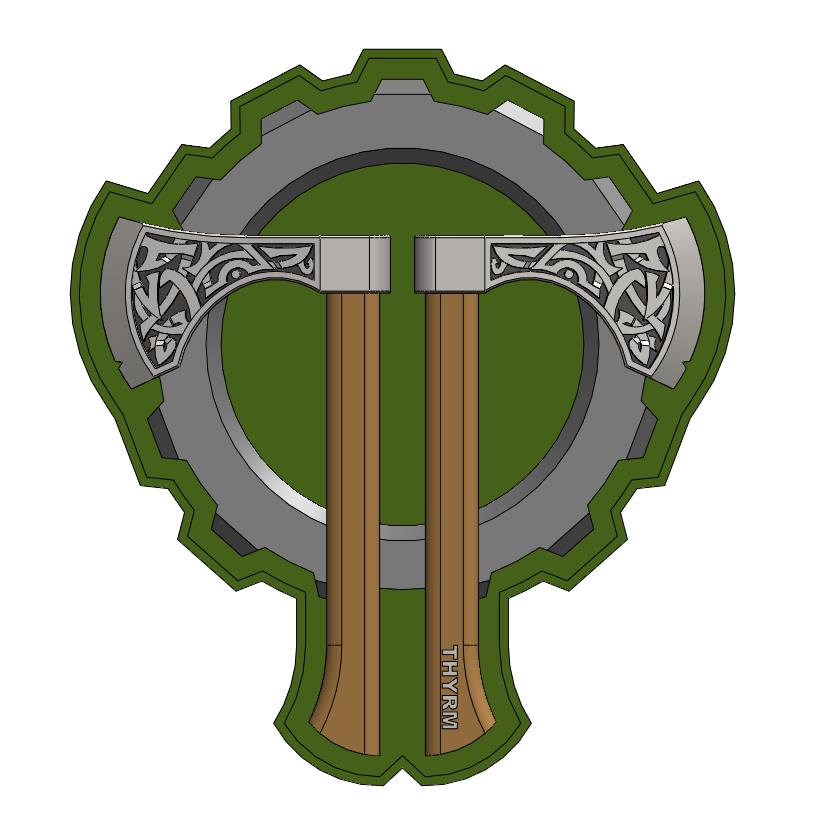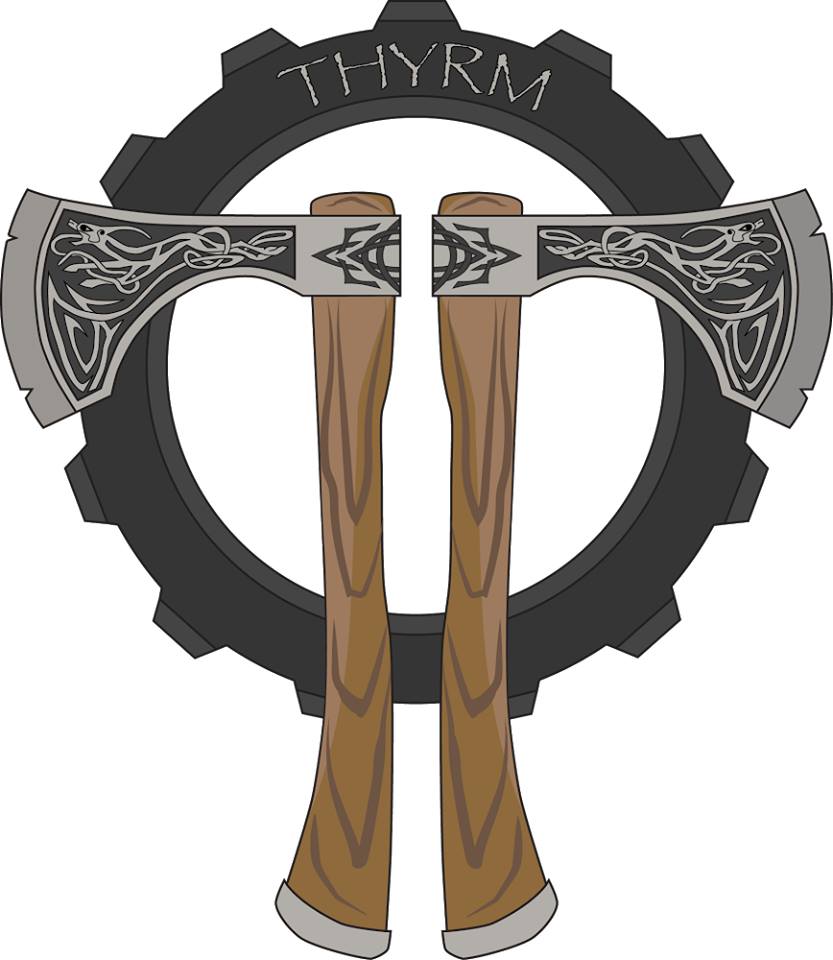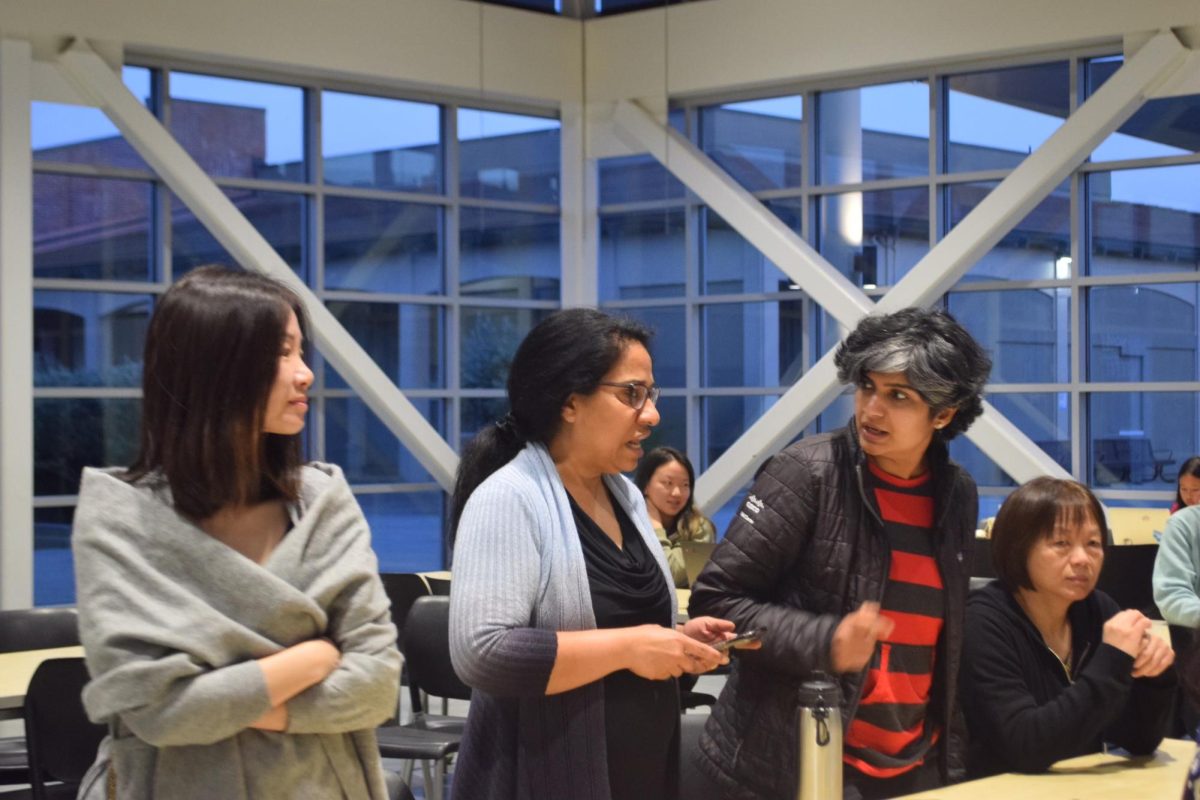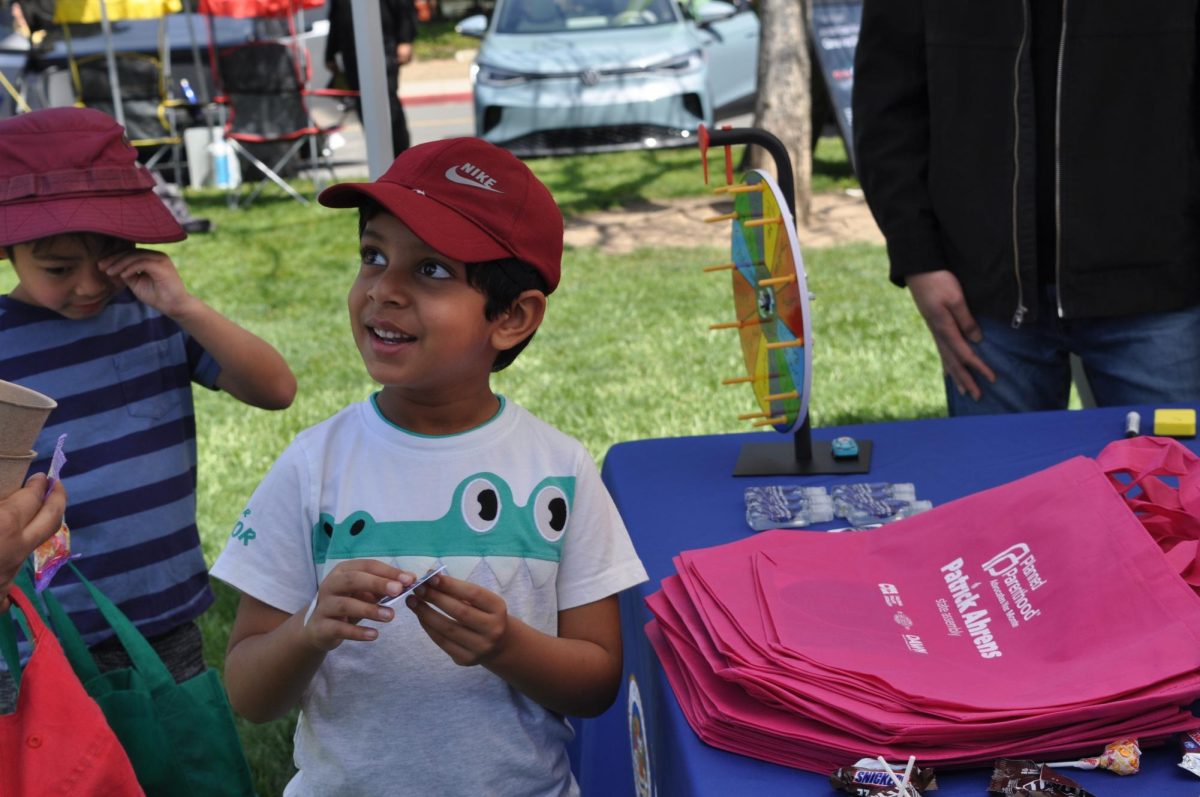This month, the Commercial Art class got the chance to design logos, ads and flyers for local businesses around Cupertino. In 2010, JAVA teacher Debbie Frazier asked since retired Commercial Art teacher Dave Barcellos for help on a logo for her non profit, and was very pleased with the results — this year she asked current Commercial Arts teacher Brian Chow to ask his class to help her design a logo for her and her husband Andrew Frazier’s business that creates accessories for law enforcement, military and civilian community.
Every year there is a convention in Las Vegas called the Shot Show: people get together from all over the world to share what’s new in military and law enforcement. Debbie wanted to design morale patches; on every military uniform there are pieces of velcro with a specific symbol so in combat you could tell who is on and not on your side. However, around civilians, veterans would often put something called a morale patch on their velcro instead: a picture of their kid, a smiley face — Debbie thought by putting their logo on a morale patch it would be a good marketing campaign at the convention and it would be something easy to pass out.

“We make tactical stuff for military and law enforcement, so the logo was supposed to look very masculine.” Debbie said. “My husband and I have Scandinavian and Nordic heritage so that’s part of it, and the gear back there is supposed to get out the engineering aspect. We wanted to embellish our logo to make these patches.”
The design
When Debbie’s husband first created the design, the two both agreed the design looked clunky and overall did not work with what they previously imagined. Debbie asked Chow if Commercial Art still partnered with local businesses, and Chow referred her to two seniors in the class, Shikhar Tyagi and William Su.
“So what these two guys did is they played with color.” Debbie said, “They created a lot of different iterations with ideas we have. We needed an artist’s touch for all of this — it really helped a lot.”

Originally, according to Su, he and Tyagi played with green and black, as Debbie and her husband said she wanted a camouflage, army type color scheme. However, the design ended up looking too busy, so they got rid of the green and kept the design more simple instead.
“We kept the same general shape, we just made the design more refined.” Su said, “We had a list of ideas that we could change on the logo and we just threw them all in there. We made multiple different versions for them to choose from — and [Andrew] just told us what to keep what to take out, and we just did that back and forth.”

“We learned that it is important to keep touch with your client.” Tyagi said, “There are a lot of things they might want from you, so even though you are given the freedom to design their logo, it is important to take every aspect into account so they are satisfied.”













